Excursion in the Balaton Uplands 3. View from the St.George mountain and the monumental basalt organs
At the best time, on St. George's Day, we climbed St. George's Hill, which has many legends, including an icy, cold dragon cave.
In my second post on this topic (https://peakd.com/hive-124452/@kalemandra/excursion-in-the-balaton-uplands-2-vineyards-in-kisapati), I described that our journey led through vineyards. After the tourist house built of stone, the forest followed. The path was getting steeper and harder. Luckily, I made sure to bring tourist sticks and boots with me.
As we got higher and higher, the view was getting better. The settlements, pastures and gardens from here already look like some kind of colored rug or patchwork. There is relatively flat, fertile land between the volcanic mountains, which we also call "witness" mountains. The colors are also very harmonious, it is worth stopping and looking around several times.
History of "witness" mountains and the "Hungarian Sea", lake Balaton
Their history began about 260 million years ago, when the rivers meandering here carried sand-gravel sediment here. Roughly 10 million years later, this region was also flooded by the Tethys Ocean, from which time marl, limestone and dolomite were left behind.
Let's have a big jump!
Roughly 20 million years ago, when land structure movements began to pick up. Today's Tapolca Basin began to sink, and the Balaton Uplands began to rise. Another few million years passed and the Pannonian Sea was formed, which gradually lost its connection to the great seas of the world, turning into a freshwater lake.
Coming even closer to today, it was only about 3–4 and a half million years ago that the Pannonian Sea dried up, but lively volcanic activity developed in today's Balaton Uplands. The spilled lava solidified, this is called basalt. Nature, especially ice, water, and wind, severely eroded the looser surface, but it could not bear the basalt: this is how the mountains of witness developed as witnesses to the height of the former surface.
Witness mountains, signed with red:
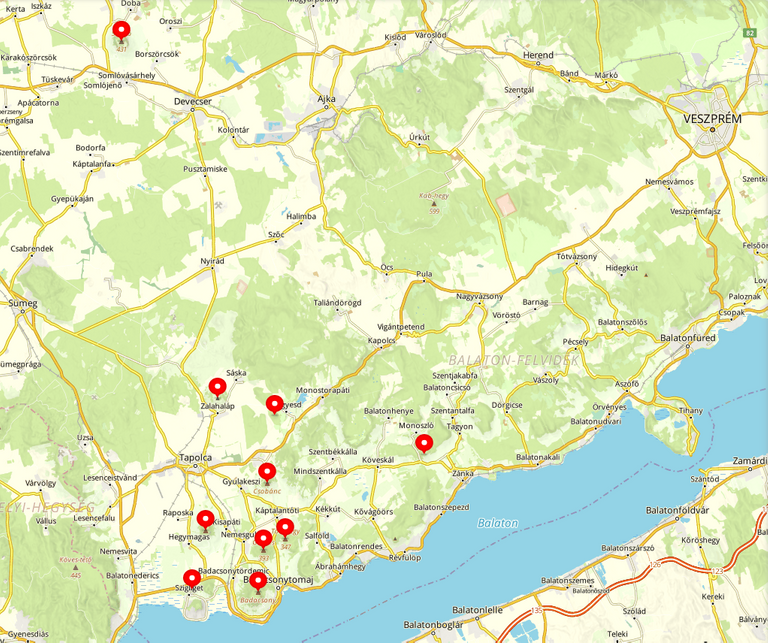
(Source: https://funiq.hu/4111-tanúhegyek-a-balaton-felvidéken)
And 20,000 years ago, Lake Balaton was formed, which reminds us of the seas that once rippled here.
For me, this region is a Hungarian Tuscany!
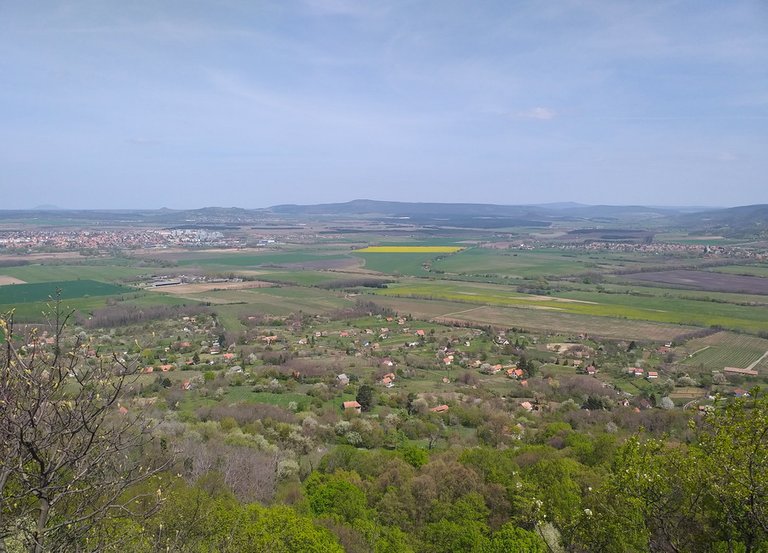

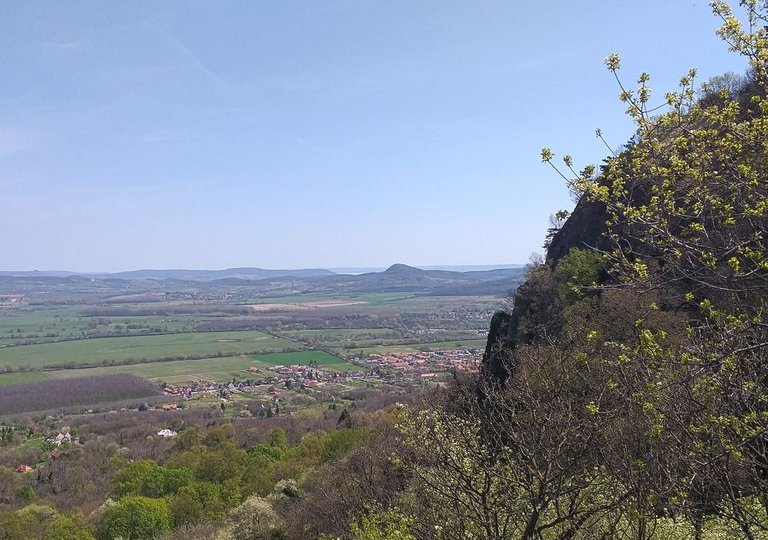
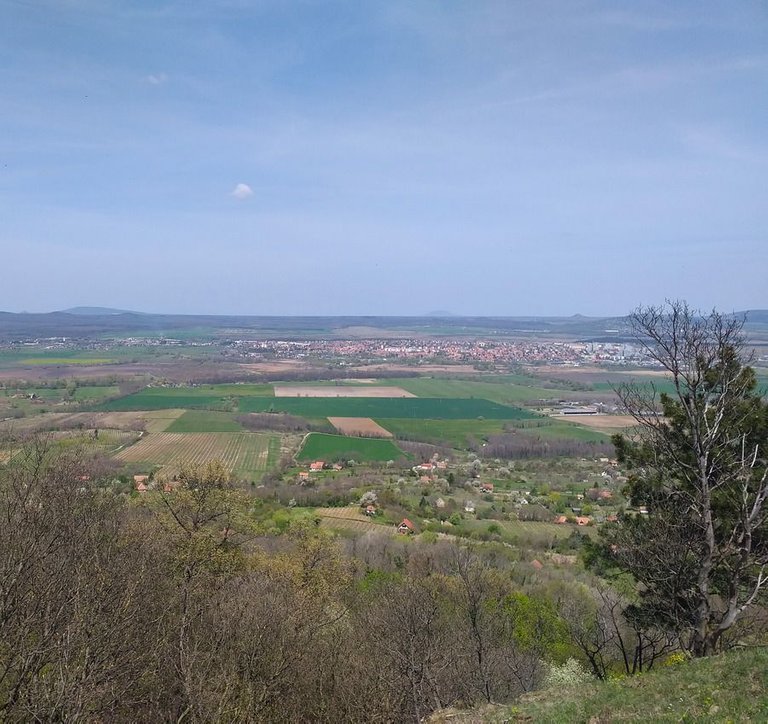
Black pines are not native to Hungary, but fit quite well into this sub-Mediterranean landscape.
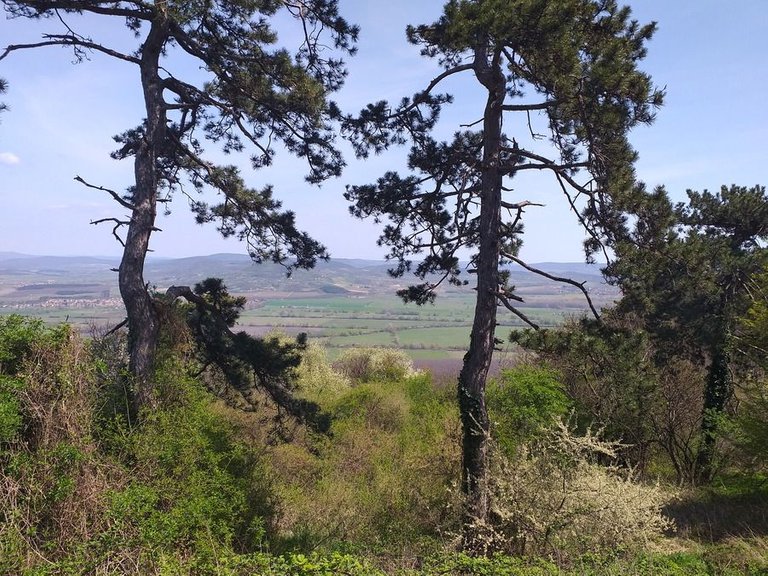
View of Tapolca with those ugly, unsuitable residential houses.
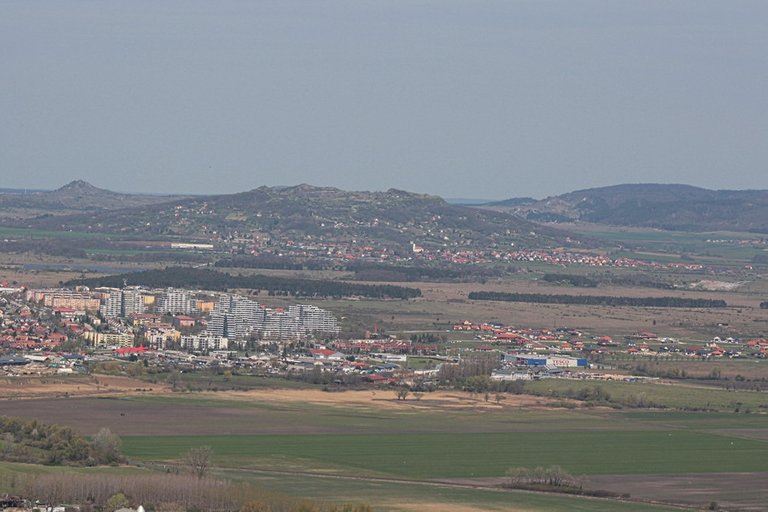
Lake Balaton is very close!
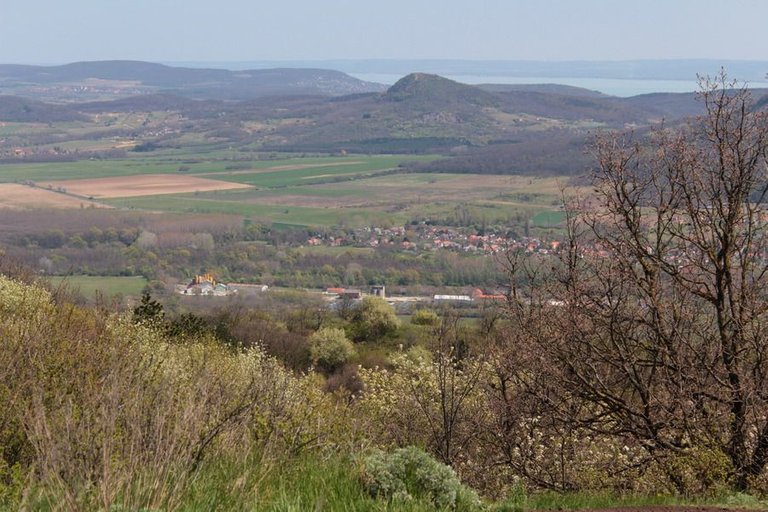
Pastures and vineyards
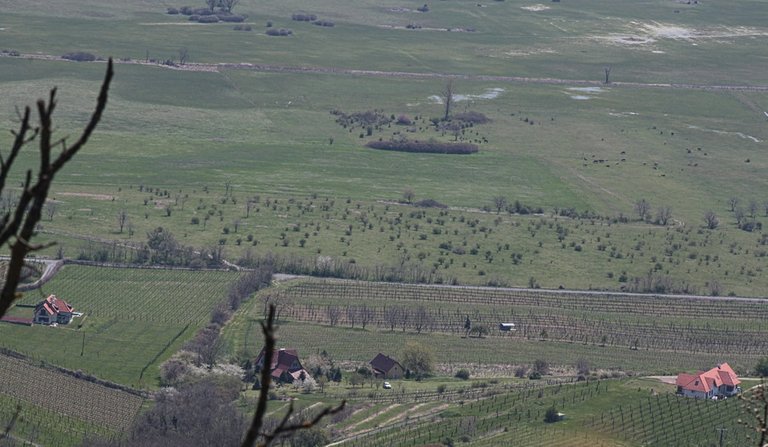
Gulács (cone-shaped, left) and Badacsony mountain (the flat one, right)
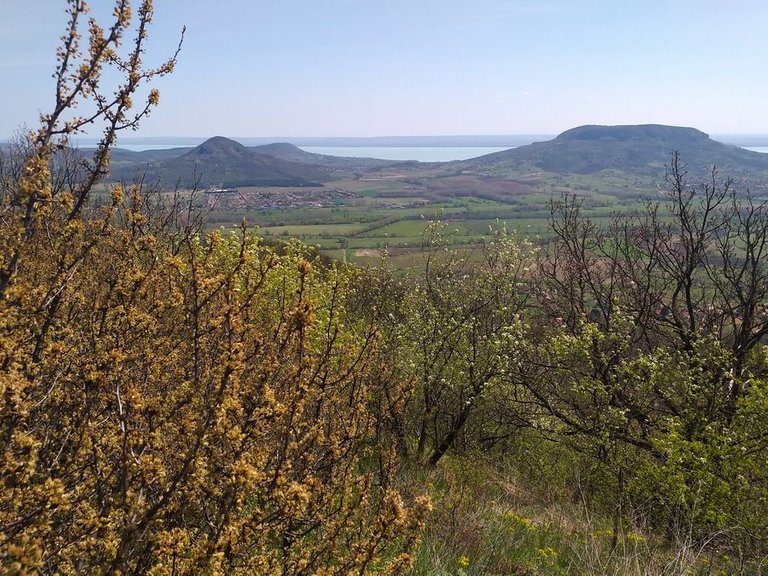
The monumental basalt organ of St. George mountain
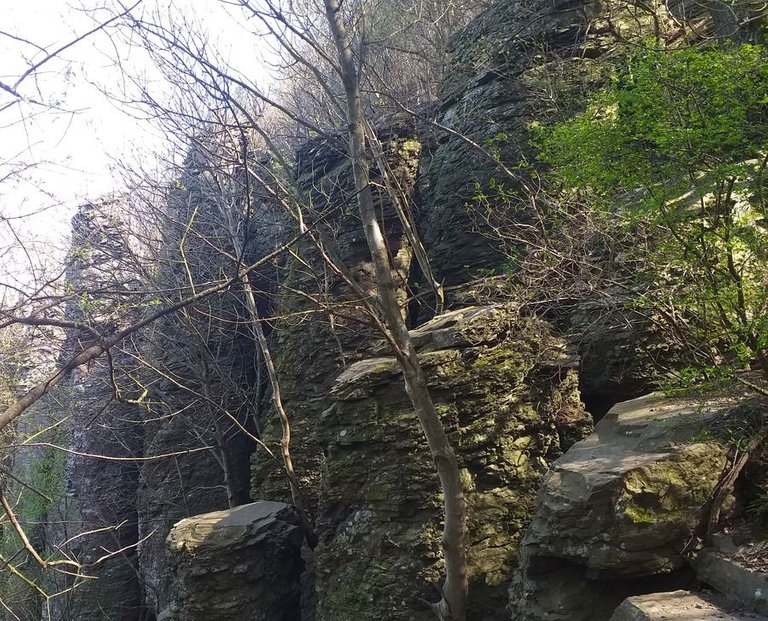
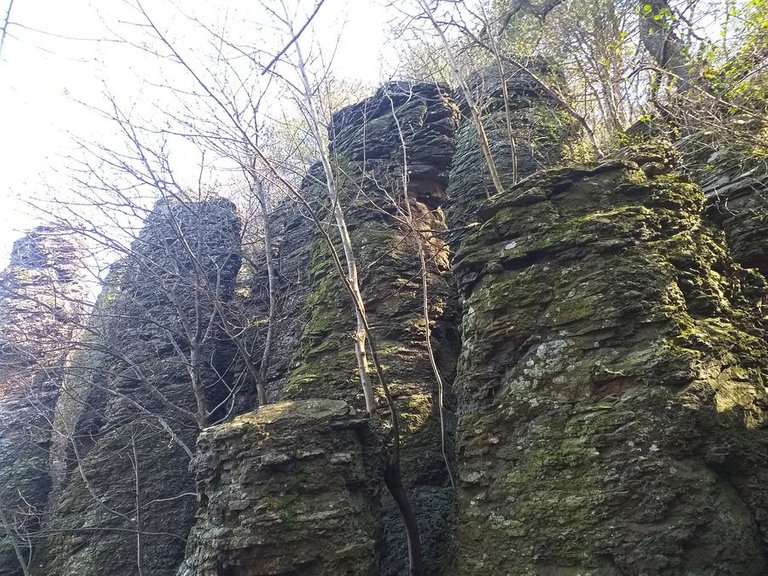
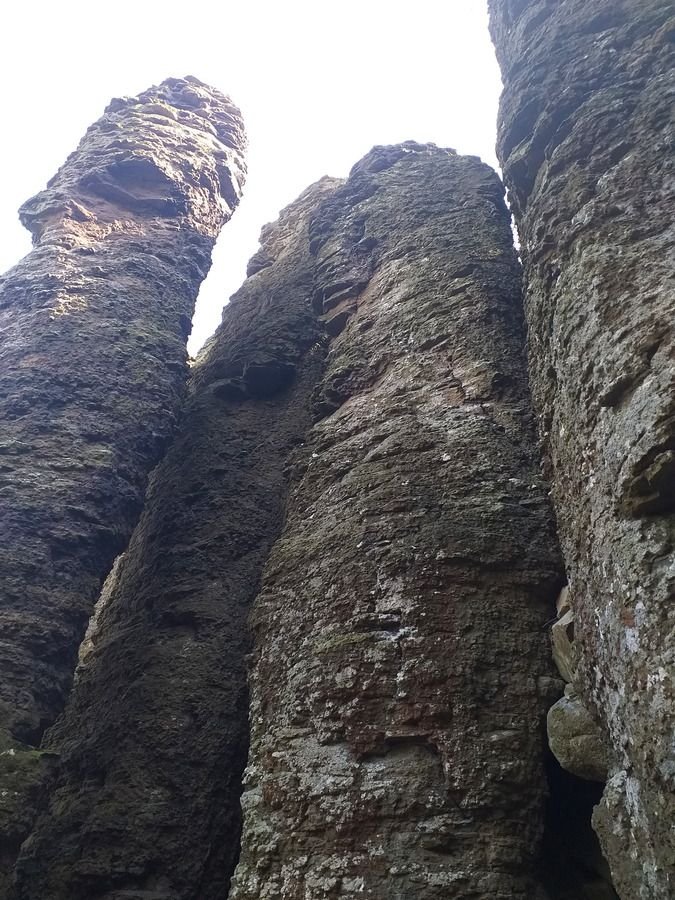
You can compare a human with the size of a basalt column like this!
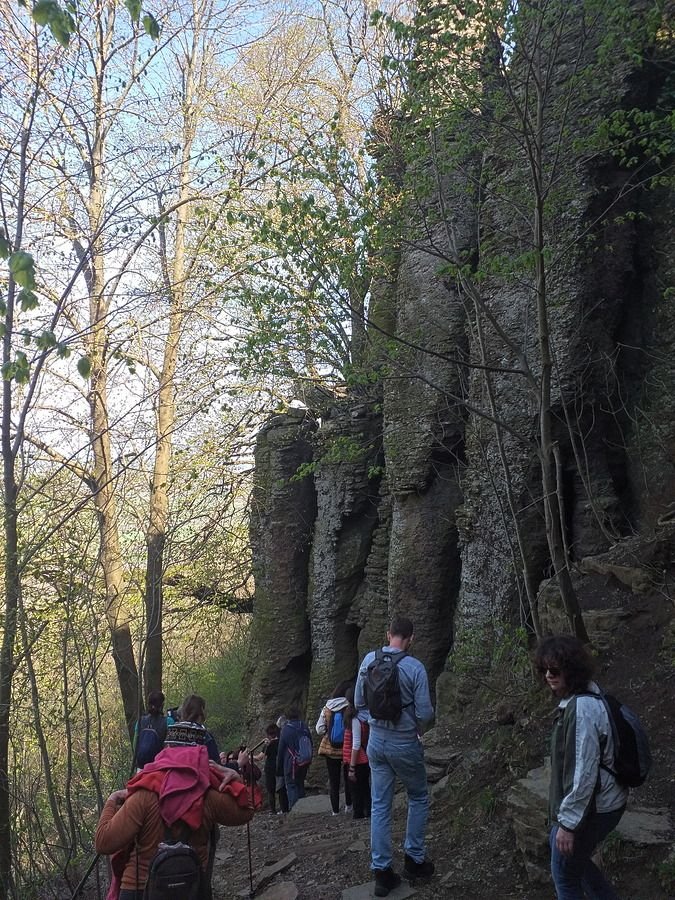
Living wood is stronger than hard rock!
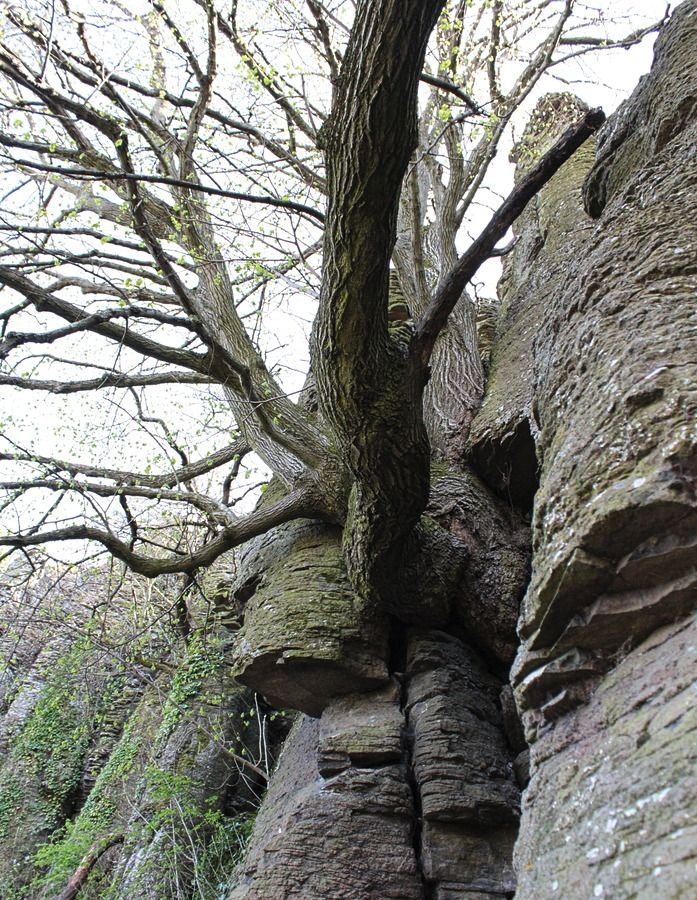
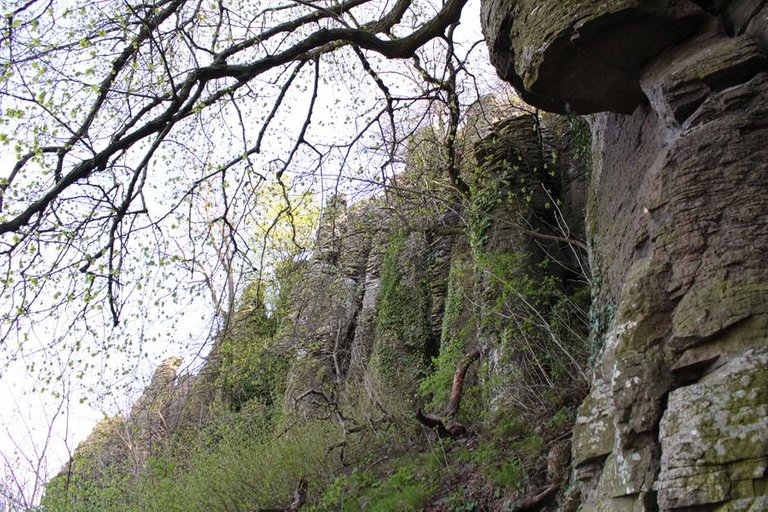
The castle of Somló, with the lake Balaton

One of the witness mountains
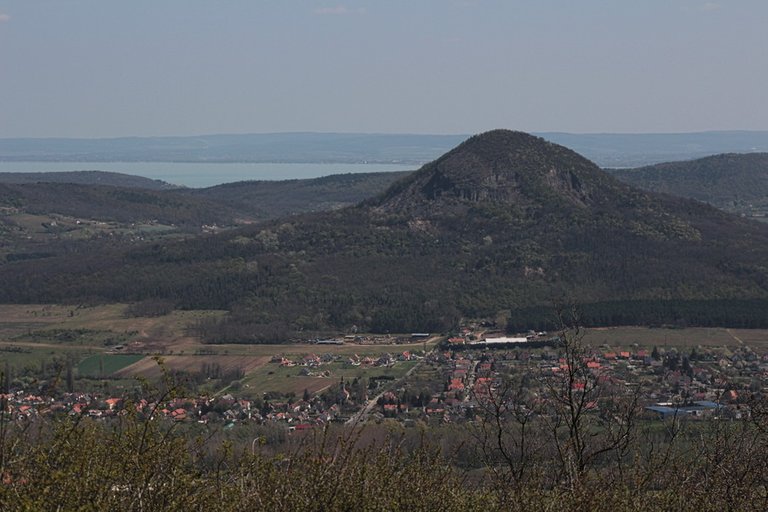
To be continued!
I'm not a person! I'm human!
With lots of love from Kalemandra

@tipu curate
Upvoted 👌 (Mana: 56/112) Liquid rewards.
We appreciate your work and your publication has been hand selected by the geography curation team on behalf of the Amazing Nature Community. Keep up the good work!
I stopped off at the shores of Balaton a few years back. I couldn't stay long, which was a pity because the region looks beautiful.